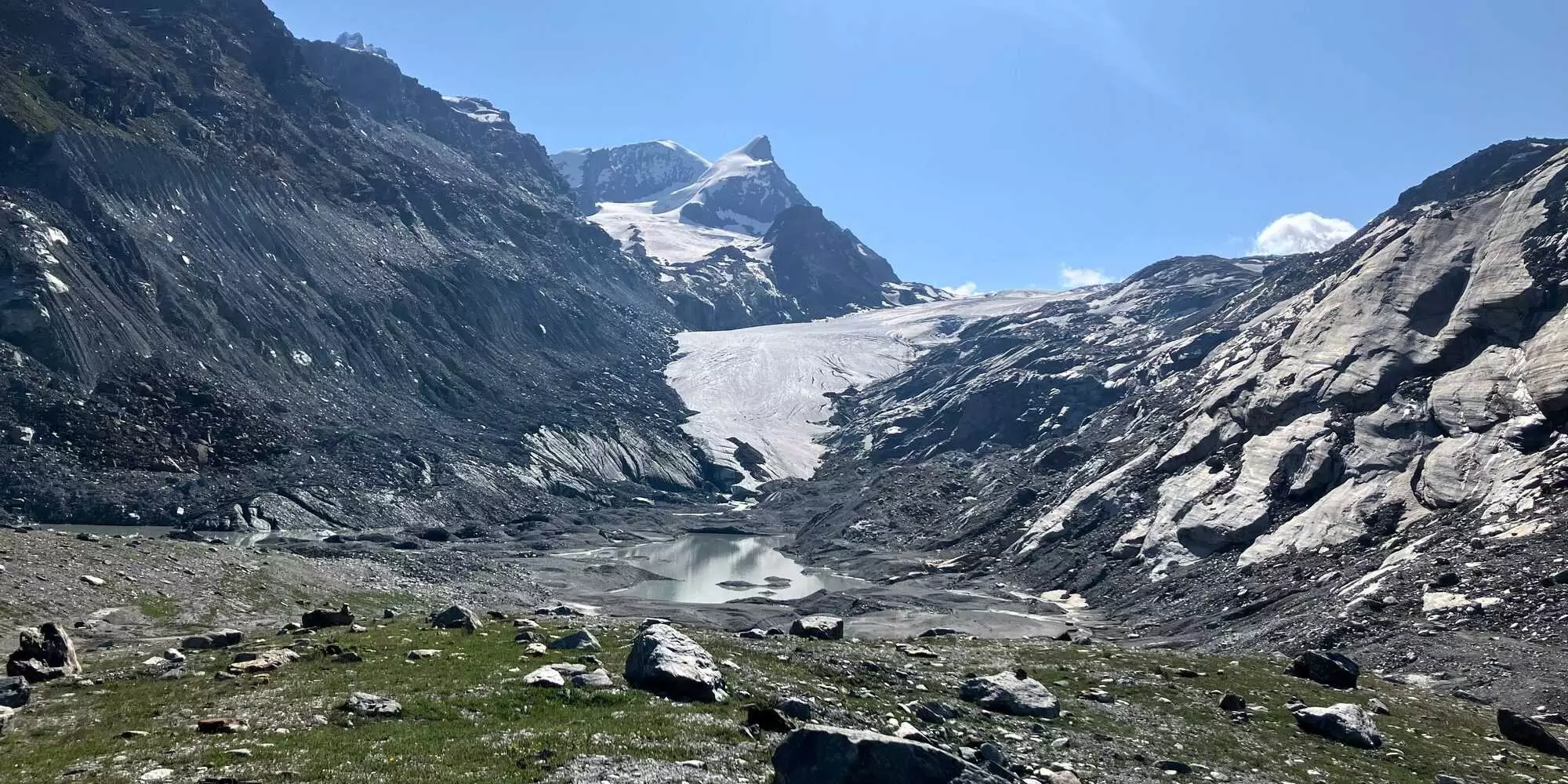

Mountains, often called the Earth’s water towers, play a crucial role in regulating fresh water supplies for ecosystems and communities alike. However, recent insights from an international cohort of mountain hydrology experts unveil a critical oversight in our understanding of mountain water systems—the intricate relationship between the cryosphere and groundwater. This connection, which has been traditionally overlooked, holds the key to accurately predicting water availability as climate patterns grow increasingly erratic.
Meltwater from snow and glaciers significantly contributes to the water balance in mountain ecosystems, especially during the warmer months when demand peaks. Yet, as Marit van Tiel, lead author and Postdoctoral researcher at ETH Zurich, points out, the pathways through which this meltwater reaches downstream resources or recharges groundwater aquifers remain inadequately understood. This lack of clarity not only complicates water management in high-altitude regions but also threatens the very livelihoods of millions who rely on these resources.
A prominent obstacle in deciphering the interconnections between meltwater and groundwater is the difficulty inherent in measuring groundwater within remote mountain settings. The traditional methods employed in hydrogeology often fall short in these challenging environments, requiring researchers to explore novel, site-specific approaches. Unfortunately, these methods can produce results that are not easily comparable across different studies, narrowing the generalizability of findings.
Moreover, the question of scale—both in space and time—is critical. Understanding how meltwater’s journey to groundwater varies at different altitudes and seasons can inform sustainable management practices. When we pinpoint the exact timing and rate at which meltwater seesps into aquifers, it reveals vital information for groundwater recharge rates, spring discharges, and surface water contributions. This kind of knowledge is indispensable for communities that depend on a steady water supply.
The looming threat of climate change exacerbates the need to clarify these connections. With glaciers retreating and precipitation patterns shifting, the dynamics of mountain water supply are drastically transforming. High-altitude areas are often the first to display the effects of a warming climate, making them a bellwether for understanding broader hydrological shifts.
The authors of the recent Perspective Paper in Nature Water argue that if we fail to integrate findings from diverse fields—cryospheric science, hydrogeology, and climate modeling—we risk missing out on a holistic understanding of mountain water systems. This lack of integration could hinder our ability to efficiently address the impacts of climate change on water resources. It’s imperative to investigate how melting glaciers and changing snowfall patterns influence groundwater availability, which can subsequently impact downstream water security.
The call to action is clear: cross-disciplinary research is essential in bridging the gap between cryospheric dynamics and groundwater understanding. The authors of the study advocate for more collaborative efforts that encompass multiple scientific fields. Only through tackling these complexities can researchers develop models that accurately depict how mountain hydrology functions as a cohesive system.
For stakeholders in water management—governments, communities, and environmental organizations alike—the implications of better understanding this connectivity are profound. More accurate predictions of water availability in these fragile environments can bolster efforts in sustainability and water conservation, ensuring that we do not deplete this precious resource faster than it can regenerate.
The reality is that mountains serve as critical water sources, and their health is intrinsically linked to both climate and groundwater dynamics. As we move forward, we must commit to exploring these interactions with the thoroughness they deserve, equipping ourselves with the knowledge necessary to protect and manage water supplies for future generations. The time to act is now, and every insight gained not only enhances scientific understanding but also serves to safeguard millions of lives dependent on these vital resources.
Rogue waves have long been a subject of fascination and terror in maritime lore. These…
As the world grapples with public health challenges, especially those posed by infectious diseases, the…
The Sombrero Galaxy, also known as Messier 104, embodies a breathtaking blend of spirals and…
In recent advances in quantum electronics, a groundbreaking discovery leveraging the concept of kink states…
In the intricate tapestry of nature, ice often exists in a delicate balance with liquid…
In an astonishing event that captured global attention, a rogue object from beyond our Solar…
This website uses cookies.